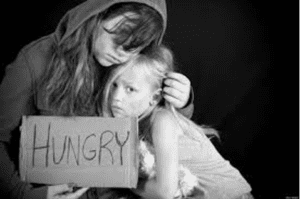One of the key benefits of the Republican-led 1996 Congressional welfare reform bill is that decades after its passage, “children today are half as likely to live in families below the poverty threshold.”
One of the key principles of that 1996 bill was that welfare beneficiaries were required to take positive steps towards achieving self-sufficiency.

These steps included finishing high school or studying for a GED or enrolling in a post-secondary education program. It also made allowances for beneficiaries to work part time and not forfeit benefits.
The results were dramatic and important: prior to passage, child poverty rates had remained stubbornly high but started to drop dramatically shortly after the bill became law.
Today, we’ve seen multiple attempts at both the Minnesota legislature and by the current Administration to roll back this progress and replace it with policies such as a “permanent child allowance” that would undermine the work and education policies that have helped the poorest of the poor escape deep poverty.
You can read a full report from The Heritage Foundation about the potential damage that might occur should we abandon these successful welfare reform policies.




